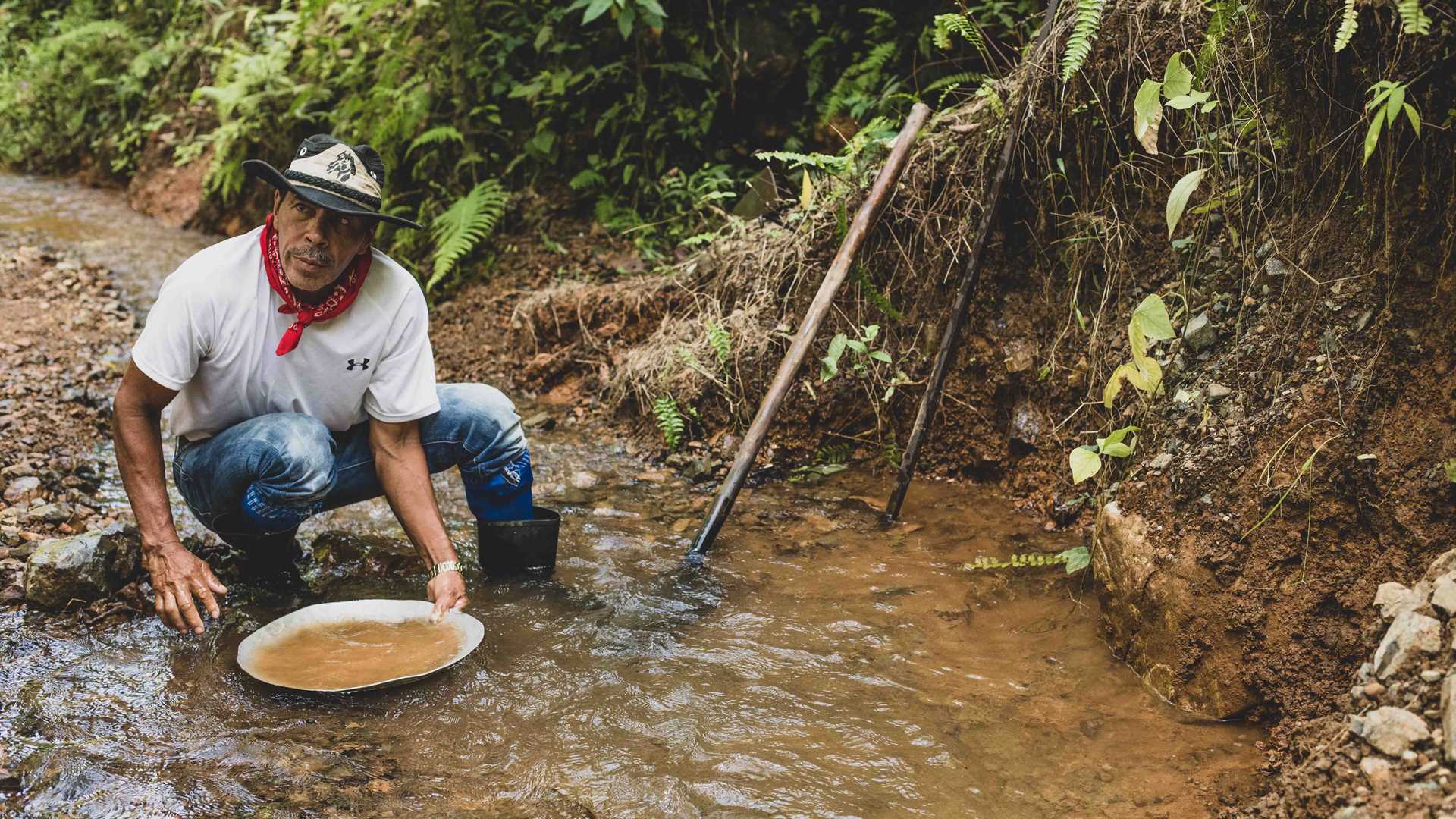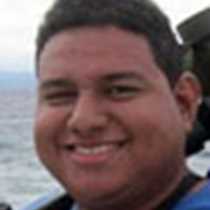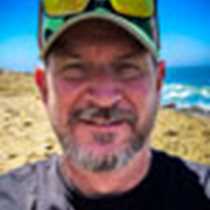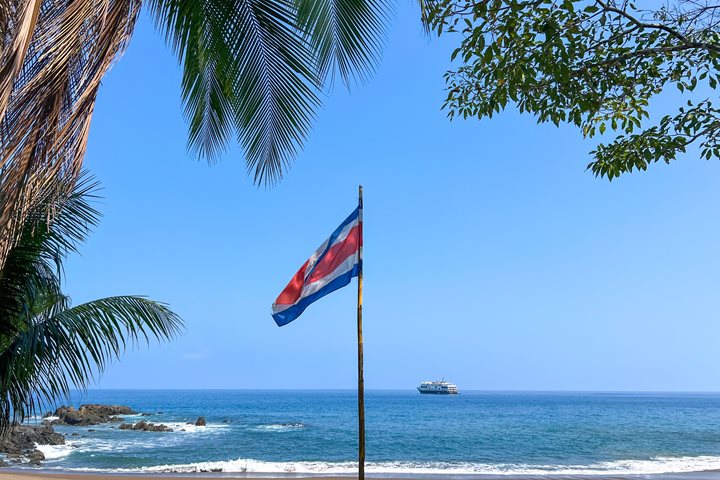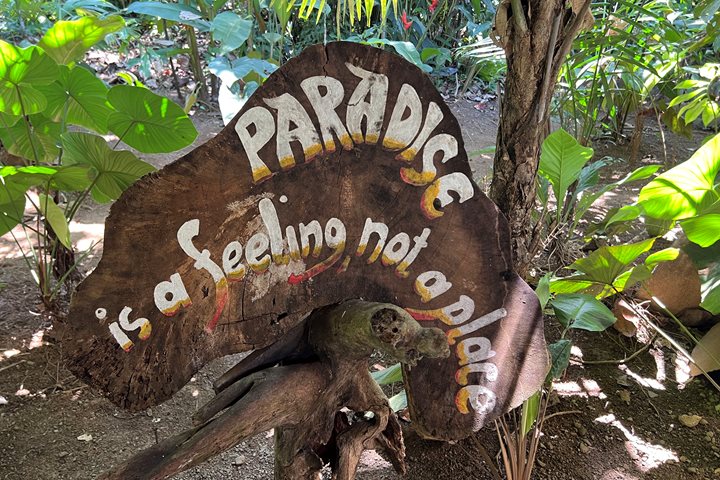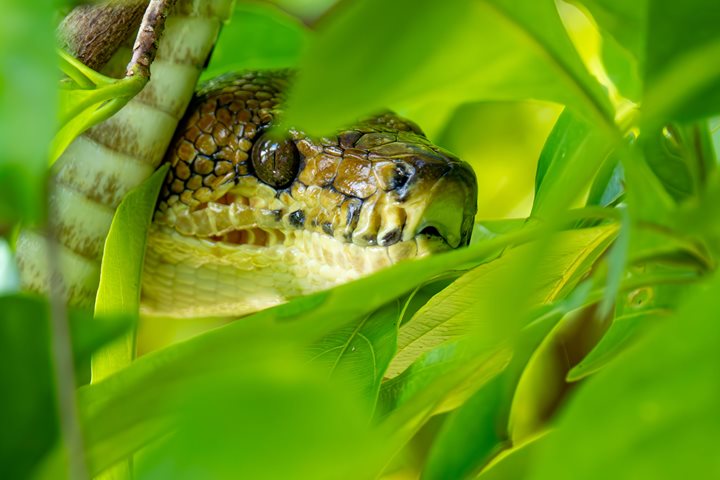On our second day onboard National Geographic Quest we stopped at Golfo Dulce to learn how the communities in this region work to protect the surrounding rainforest. Today we visit Corcovado National Forest, where the people here used to cut trees, hunt, and mine for gold. After the national park was created, however, practices have changed, and for the better.
Sustainable tourism is the engine to move the local economy, and we had the great chance to learn from these people what they do for living. Keeping with Lindblad’s philosophy, it is also very important to hire local guides, like those who today awaited our arrival to the beach for a host of different activities to explore this pristine area.
In the morning we hiked through a private reserve known as Danta Lodge, we spotted two-toed sloths, agoutis, and birds including the black-throated trogon, bananaquits, rufous-tailed hummingbirds, and bronze-billed hermits.
Returning to the beach, the ship crew had an outstanding lunch prepared while a youth group from the local school performed for our guests.
In the afternoon, we bused for the better part of an hour through countryside to reach Rancho Quemado, which locals consider the heart of Corcovado, where we met Don Juan and his wife to learn about traditional gold panning methods and how difficult is to retrieve gold from the river. On our departure we happened across a puma footprint, after which Don Juan informed the group that he actually heard the puma’s presence last night – an apt reminder of how just well preserved the rainforest in this area really is.
Afterward, we visited another family. A man with a white hat and an inviting smile greeted us with “bievenidos.” Johnny is the parish priest and operator of the local sugar cane plantation. He shows us the methods of making molasses for a living – a sweet ending to a sweet day exploring Costa Rica.

